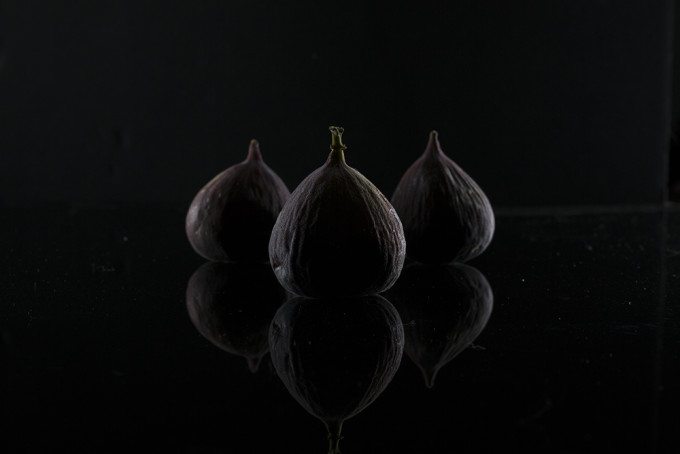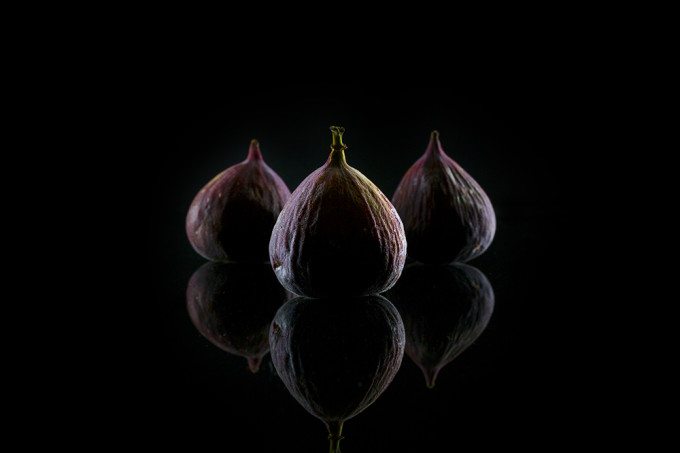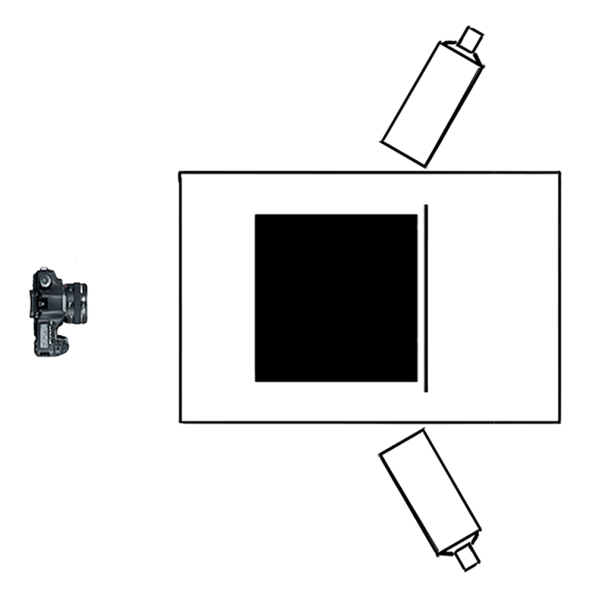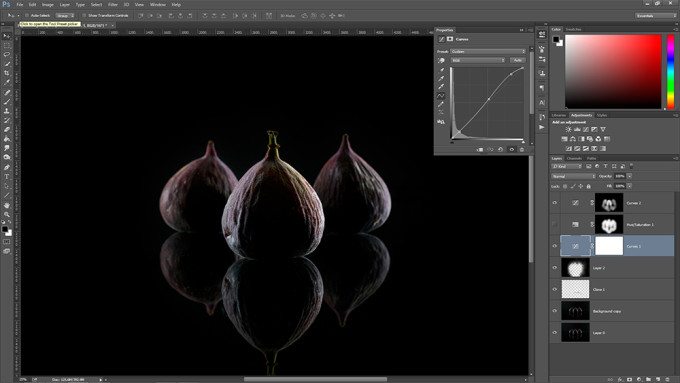Creating the Photograph is an original series where we interview photographers about a photo that they shot and how it was achieved. The results are some knowledge passed on to you. Want to be featured? Email chrisgampat[at]thephoblographer[dot]com.
Photographer Edward Boe is a photographer and cinematographer based in Chicago, IL. When we recently put out a call to our readers about food photography, he answered us with some excellent images that have really intriguing lighting. Ed specializes in macro and food photography and tries to present his clients with a new vision that is unique every time he works. He attributes this to his dual interesting in food and nature in that each allows him to cast light on something that is easily overlooked.
So when he pitched his idea of figs lit in a new and interesting way–we were quite interested to see how he gave them a bit of spotlight.
Here’s his story, but also be sure to check him out on Instagram and Flickr.
The Concept
Fresh off of a food shoot that involved some figs, I decided to utilize the leftover figs in a shoot where they could star alone. I really liked the texture, shape and subtle coloration on them when I first bought them and was impressed how much the color changed and darkened. I am constantly inspired by film noir lighting, which both highlights the flaws in the beauty and the beauty in flaws, and these fruit were a perfect chance to show that off.
The Gear
- Canon 5D Mark 3
- Canon 100mm f/2.8L IS
- (2x) Canon EX580ii Speedlights
- (3x) Pocket Wizard Plus X Units
- (2x) Genesis S36 Strip Softboxes
- A 24” square of Black Plexiglass
- A piece of matte black foam board
- (3x) Aging Figs
The Shoot
I chose the three individuals whose character and color I liked the best. I placed them on the black plexiglass and used a piece of matte black foam board as a backdrop.
I had my Canon 5D3 with 100mm Macro lens on a tripod, so that I could frame and adjust my subject without disturbing the composition. The camera was fitted with a Pocket Wizard Plus X receiver, and two Canon EX580ii speedlights were set up at the rear of the set just next to the backdrop. Each light was fitted onto a 36 inch strip softbox by Genesis, and connected with Pocket Wizard Plus X units to the camera for easy triggering.
The lights were shooting back towards the camera, and I chose not to use any fill or bounced light to open up the shadows to heighten the mystery and mood of the final image.
Post-Production
The post on this photo was fairly simple.
- Firstly I used the Clone Stamp and Spot Healing Brush tools to get rid of all the dust and little flaws that needed correcting. Black plexiglass gives a wonderful mirror effect, but you can never really keep it clean and free of dust. No matter how careful with storage or how diligently you clean it, there is always post work that needs to be done.
- I used a soft, low opacity brush to remove the subtle gradation in the background and make it a more uniformed black.
- Next came a Curves adjustment layer to give more contrast between the bright sections of the figs and their reflections, and the black background. I made this a global effect for the entire image.
- On to Color. The vibrance of the fruit wasn’t coming through in the photo like it was in real life, so I used a Hue/Saturation adjustment layer to boost certain colors, enhancing the deep purples, burgundy, and the remaining greens. I used a layer mask to restrain the changes to where I wanted them in the fruit and in its reflection.
5. Finally, I made a more selective Curves adjustment layer with a layer mask to bring out a little of the withered texture of the fruit that was a little lost in the original curves layer.
From set up through final files, this shoot only took around 2 hours to complete, but yielded a fairly dramatic and mysterious image that still catches my attention.
Before/After





